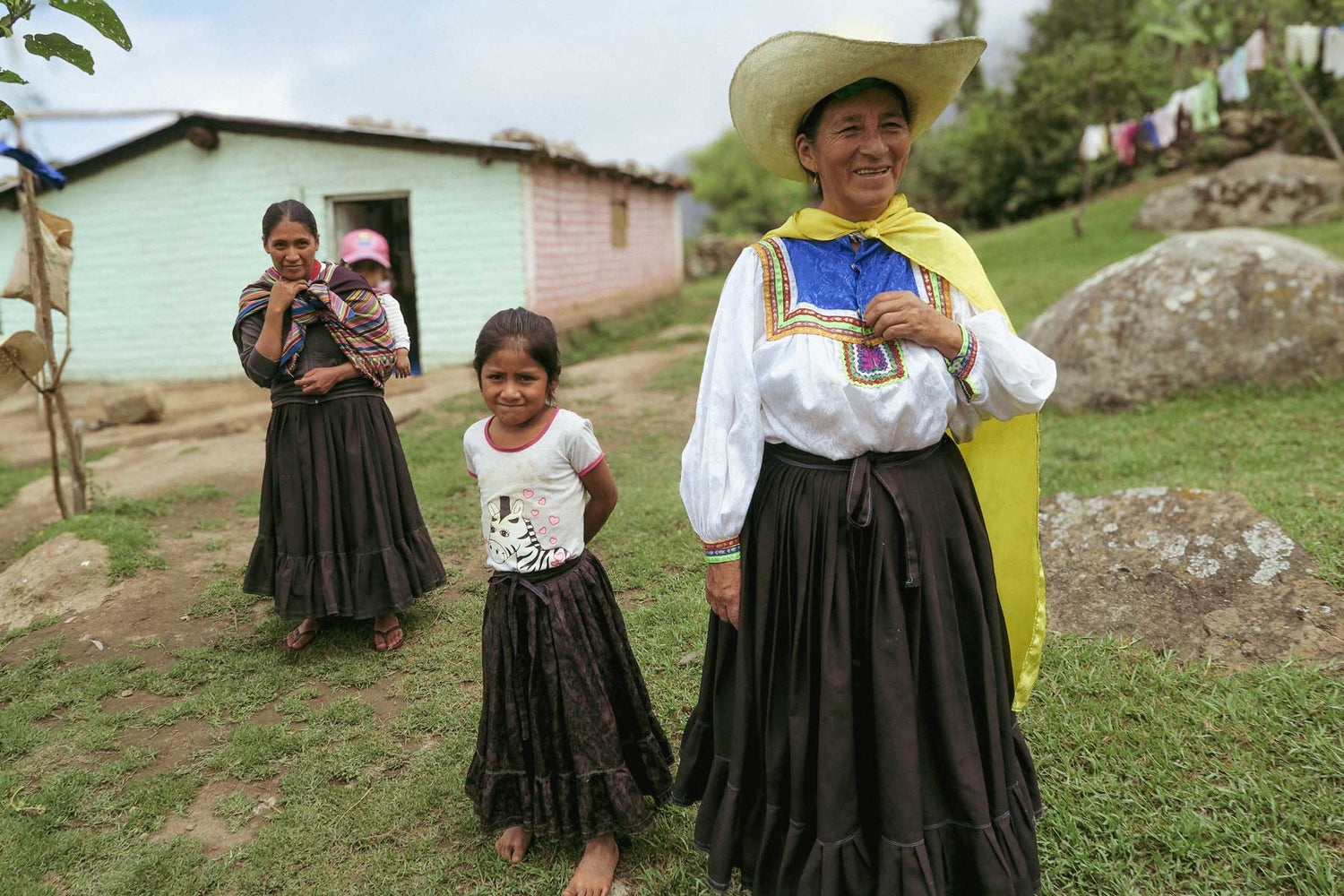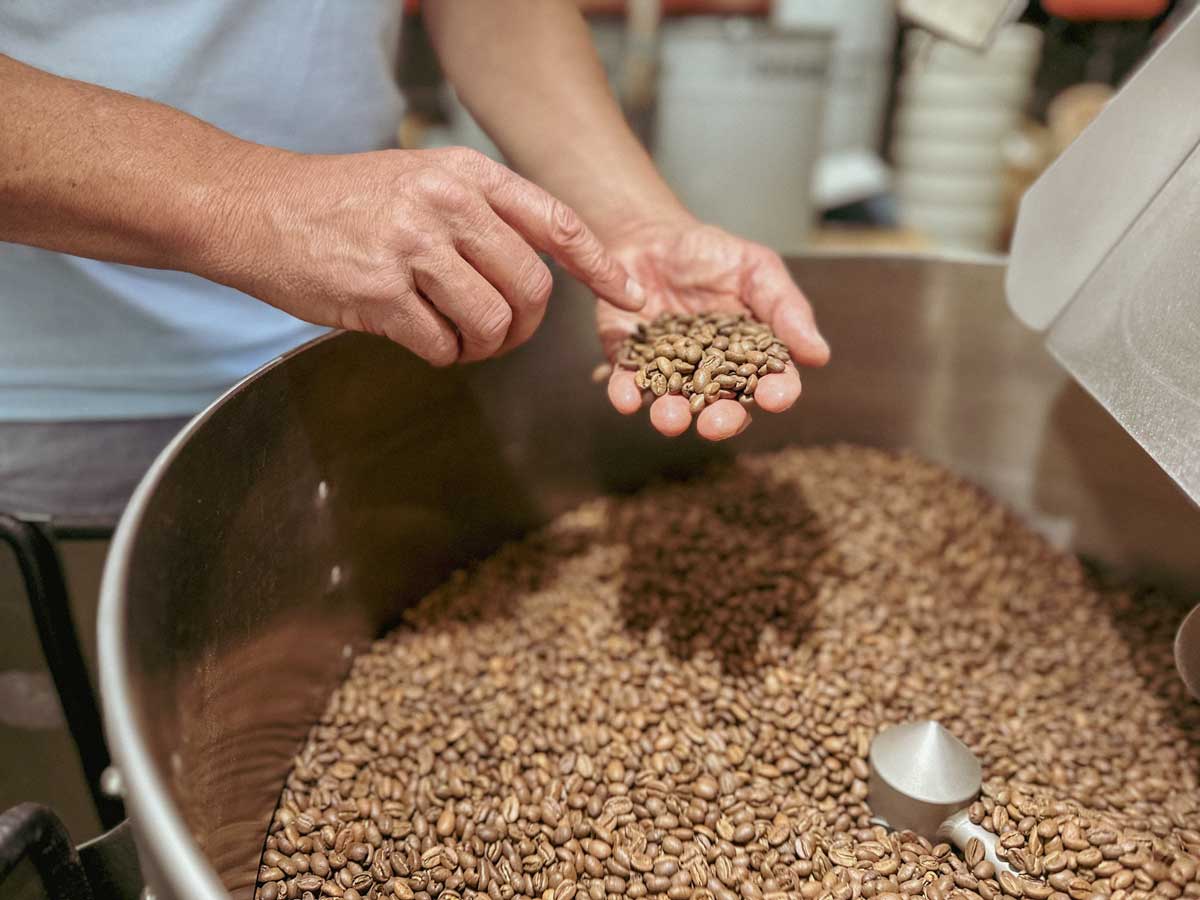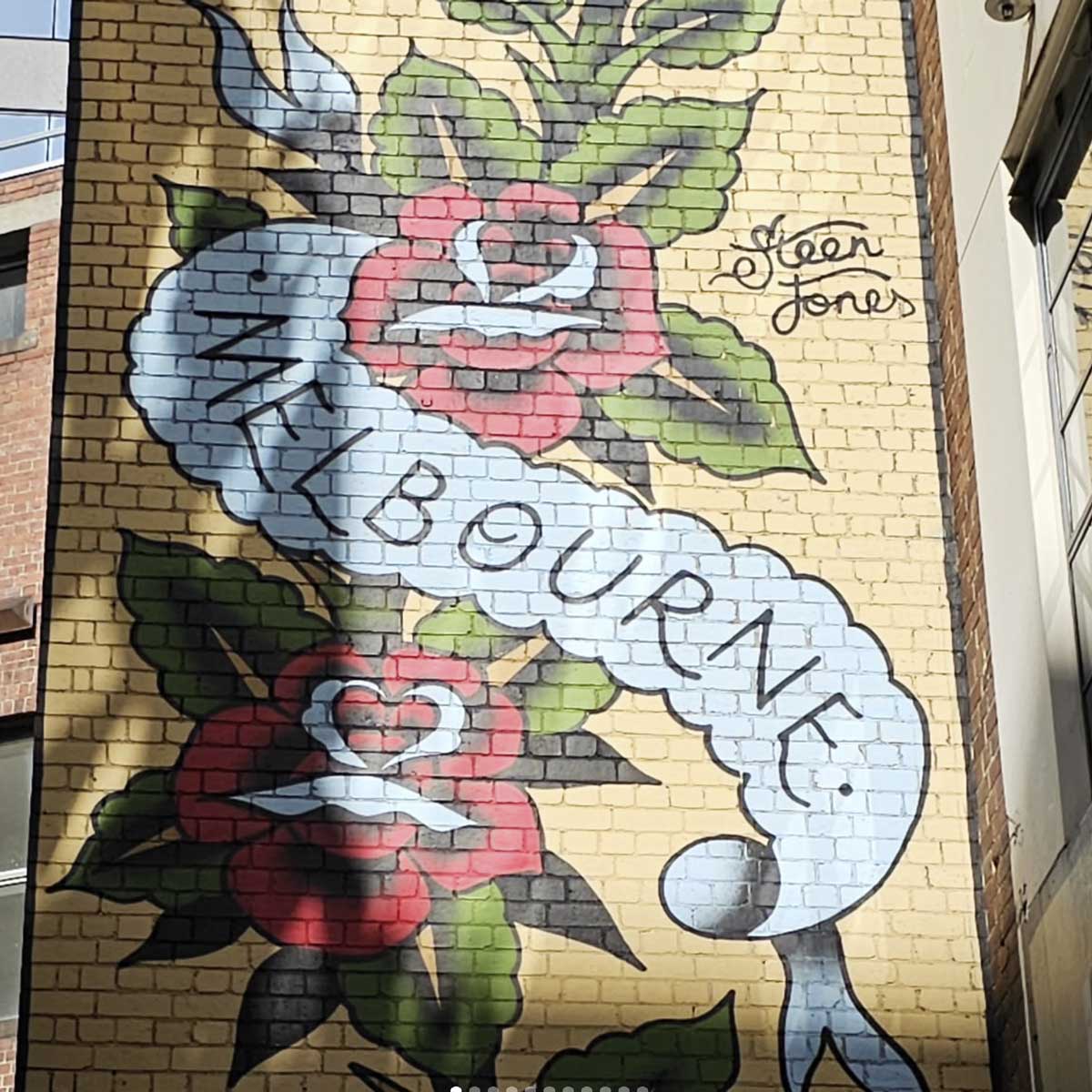...or experimenting with carbonic maceration in coffee.
Seeing a new generation of coffee growers coming through the ranks is great for succession and continuation in the coffee industry. A new generation of coffee farmers also provides a fresh approach on how coffee is cultivated and processed and ultimately determines what ends up in our cup.
We talked to Andressa de Jesus Souza Borges, a 21-year young and passionate coffee farmer stepping into the footsteps of her coffee farming parents. Andressa lives with her parents on a farm in Campanha in the Mantequeira de Minas region of Minas Gerais, Brazil. This region is known for its rolling hills and producing some of Brazils best specialty coffees. Most of the farmland in this region is owned by smallholder coffee farmers whose love for coffee is deeply ingrained in their DNA and so it that of Andressa’s.
“I have lived at the farm since I was born. At 2 years old I did not like going to day care. I cried not to go, and my mother, seeing that I did not like going, took me to the coffee fields with her. She would put a sheet on me to protect me from the sun and another one for me to be able to lie under the coffee trees. I would play and sleep while she worked because she had no one to leave me with. Seeing my mother working in the coffee fields made me fall in love with coffee too.”

“Since I was 15 years, I have farmed my own plot of land at my parents’ farm. I take care of the land and the coffee plants and steadily work towards improving the quality along with everything I learned from my mother about harvesting, drying, post-harvesting and handling.” Andressa says.
Curiosity and the desire to go her own way in the world of coffee this young farmer has experimented with a new hugely popular technique of fermentation - carbonic maceration.
“In 2018, I decided to experiment with coffee fermentation. I washed the coffee removing all of its impurities and separating the floaters leaving only dense coffee cherries. I then placed the coffee cherries in 3 plastic drums for 72 hours and added a fruit which I really like, the “cajá”, an acidic Brazilian fruit. The drum remained closed for that period of time without any intake of air. After 72 hours I removed the coffee from the drums and moved it on drying beds to let it dry slowly. After drying, I took my experimental coffee to a cupping expert for quality assessment. And to my delight my coffee scored 87 points, which I was able to sell it to a local cafeteria.”
Carbonic (carbon dioxide rich environment) maceration (microbial metabolism) has been gaining hugely in popularity especially amongst filter roast lovers due to its interesting flavour profiles ranging from intense and very precise fruit flavours to clean and elegant flavour profiles.
All coffees undergo some sort of fermentation in which microorganisms such as yeasts and bacteria consume and metabolise the sugars in the mucilage and convert them into acids and alcohol. Carbonic maceration is simply a fermentation technique whereby the coffee cherries are left intact prior being placed into a sealed fermentation tank. The oxygen starved environment creates a controlled environment for fermentation whereby the fermentation time can be prolonged to create unique flavour profiles.
“I decided to work hard to produce a great coffee, and with a lot of effort I managed to do the same fermentation process that I did in 2018. I sent samples to Australia and 23 Degrees bought my coffees. That was an incentive for me because I see that my hard work and my determination is paying off and encourages me to do better every year.”
It is rewarding to see a young person going her own way, embracing new ideas and standing out from the crowd.
This microlot of red acaia displays yummy notes notes of raspberry and blackberry in a juicy body.







